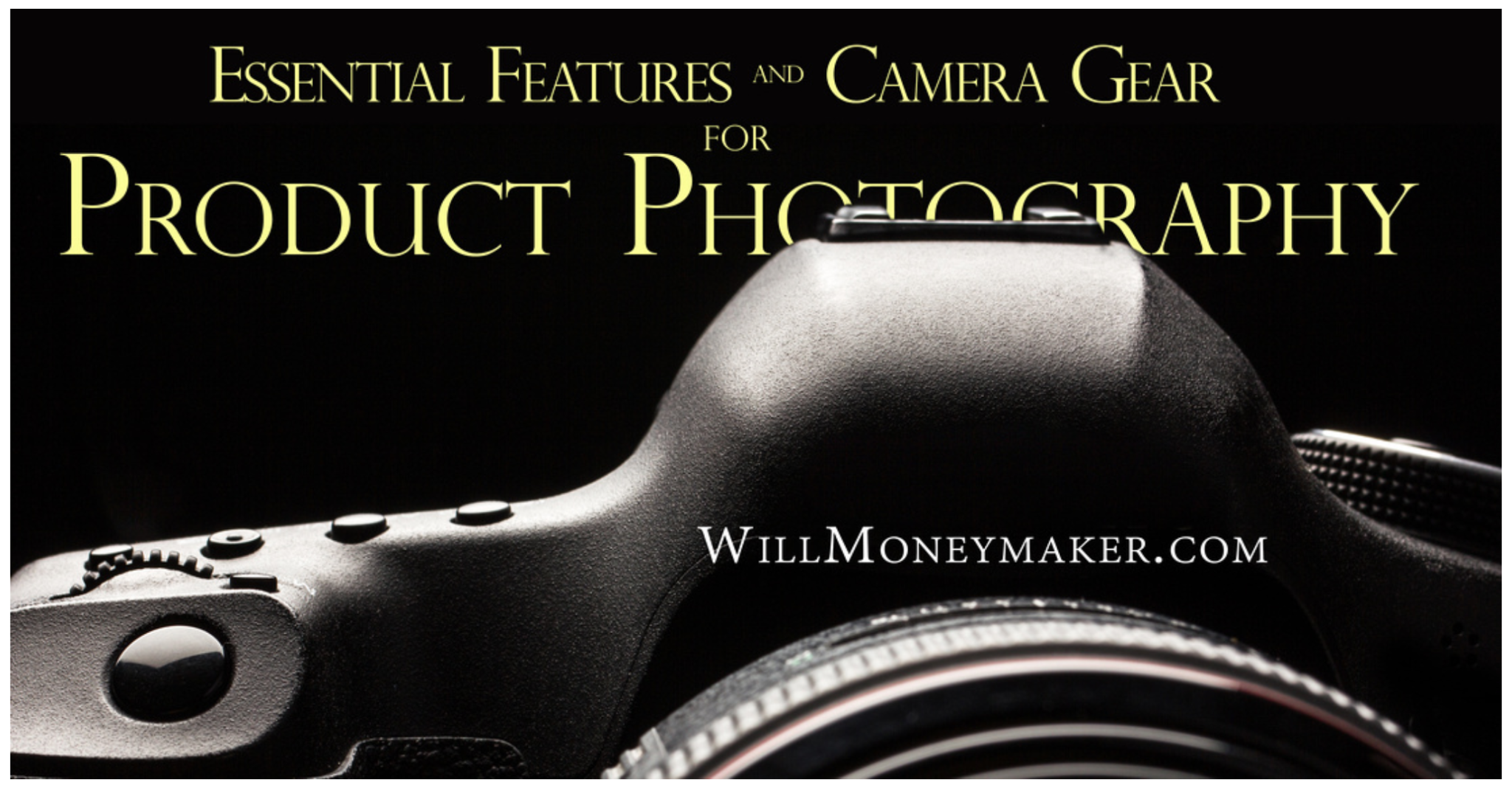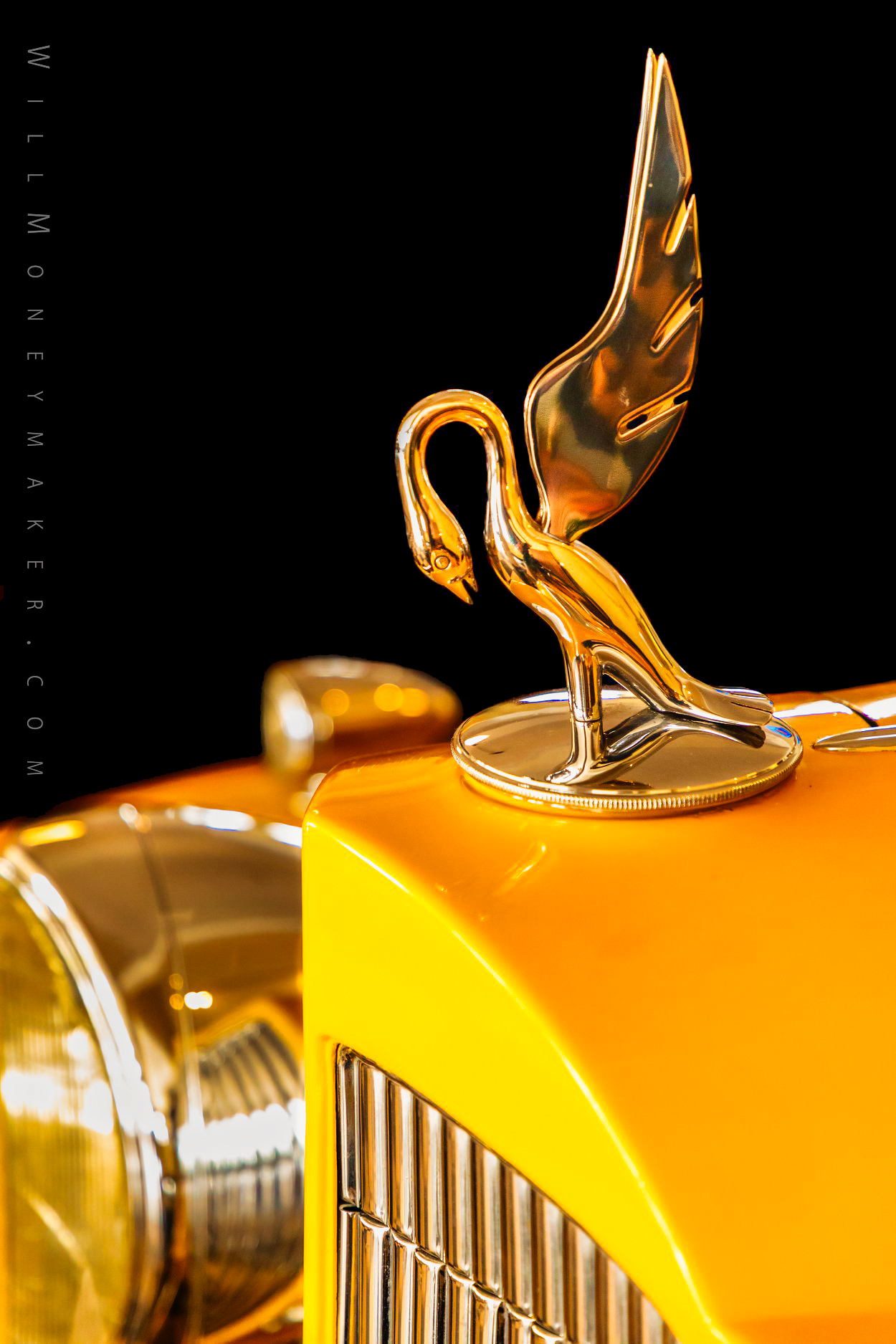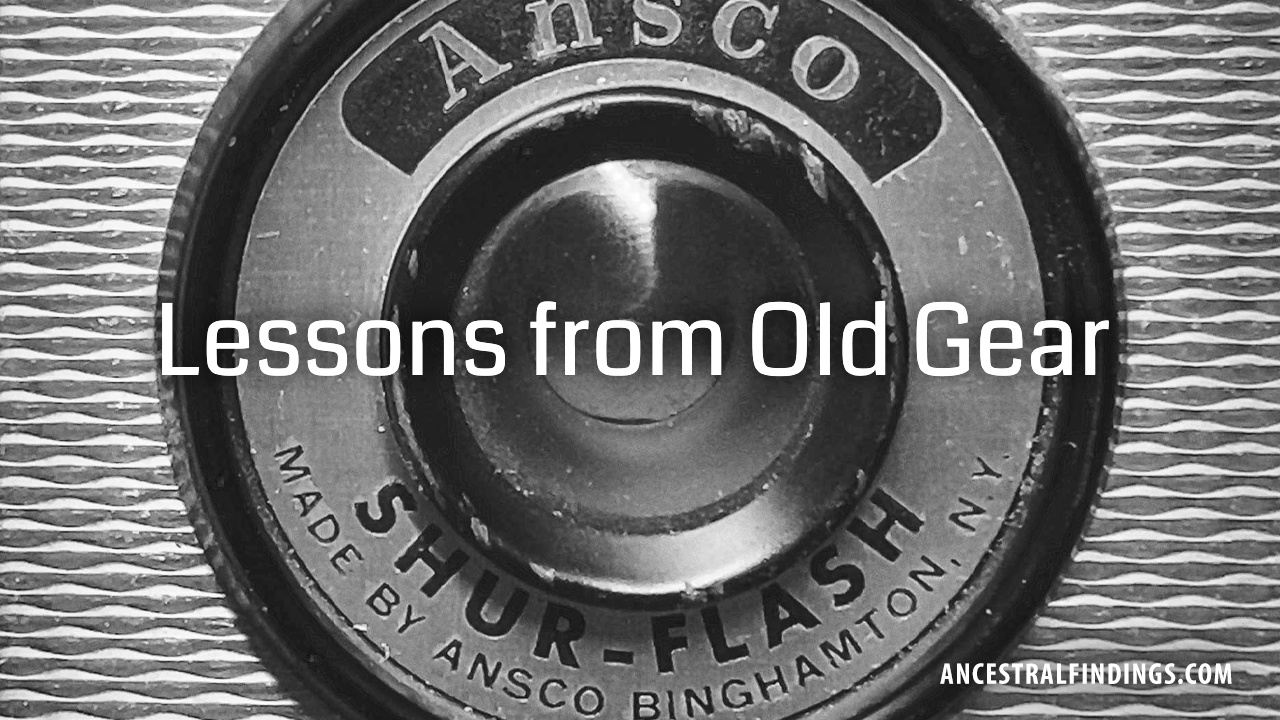In the last two posts, I showed you the basic equipment for product photography, as well as a few tools that will help you improve your lighting. However, those aren’t the only things that will help you create excellent product images. There are several things – both camera features and attachments – that will help you make flawless, crystal-clear photos.
Macro Lens
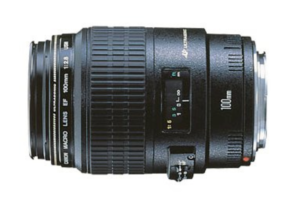 In many cases, the items that you’ll shoot – jewelry, small electronics and more – are quite small. Other times, you may need to take close-up images of engraving or other fine details. Without some modification, the average camera lens isn’t capable of taking those super close-up shots – and even if you do use macro filters or other tools with a normal lens, the result is usually less than ideal.
In many cases, the items that you’ll shoot – jewelry, small electronics and more – are quite small. Other times, you may need to take close-up images of engraving or other fine details. Without some modification, the average camera lens isn’t capable of taking those super close-up shots – and even if you do use macro filters or other tools with a normal lens, the result is usually less than ideal.
That means that you’ll need to invest in a macro lens. A high-quality 100-millimetre macro lens not only magnifies the object you’re shooting, but it also gives you a narrow depth of field so that you can isolate the most important elements of the products you’re shooting. Most importantly, it will insure that your fine details are sharp.
Remote Shutter Release
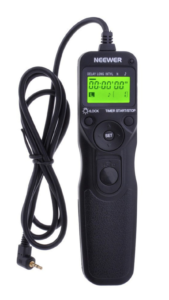 A remote shutter release is an invaluable tool. Many photographers use these devices for night photography so that they can avoid disturbing the camera and causing blurry pictures. For product photography, the idea is the same. Use a remote shutter release so that you don't inadvertently move the camera by pressing the shutter release button.
A remote shutter release is an invaluable tool. Many photographers use these devices for night photography so that they can avoid disturbing the camera and causing blurry pictures. For product photography, the idea is the same. Use a remote shutter release so that you don't inadvertently move the camera by pressing the shutter release button.
Mirror Lockup
Cameras with the mirror lockup feature have a big advantage over those that don’t. Much like remote shutter releases, this is another tool that will help you take sharp images. Normally, when you press the shutter release, the camera’s mirror moves out of the way so that the sensor is exposed. This can cause a slight amount of camera shake, which leads to blurred images – especially if you're taking macro images.
The lockup feature positions the camera’s mirror in the “up” position and locks it so that it doesn't move when you take the image. The tradeoff is that while your camera is in lockup mode, you won’t be able to use the viewfinder. Instead, you'll need to rely on the camera’s live view display to frame and focus your image.
Circular Polarizer
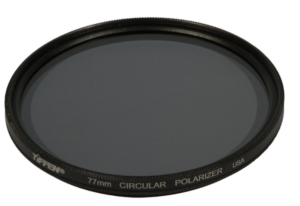 Polarizers do a number of great things – they remove haze, cut glare on water, glass and other reflective surfaces, and they help deepen the color of your image. Circular polarizers are incredibly useful for landscape photography, and a product photographer can put them to great use as well.
Polarizers do a number of great things – they remove haze, cut glare on water, glass and other reflective surfaces, and they help deepen the color of your image. Circular polarizers are incredibly useful for landscape photography, and a product photographer can put them to great use as well.
For example, if you’re taking an image of a car, but the car’s reflective fenders or windshield show the reflection of you and your camera, attach a circular polarizer to your lens. Then, as you look through the viewfinder, adjust the polarizer until the reflection fades away. This is a helpful tool not just for cars, but also for jewelry, glassware and other products that are prone to glare or reflections.
If you’re serious about product photography, it's worth your while to invest in these tools and camera features. Each of these items will help you create sharp, clear product photos. In the next post, I'll wrap this series up by showing you the tools you need to display your products effectively.


